The Calf Park
Enriching lives of farm animals

Written by Sonia Parsons, Zoology student at the University of Reading
Animal welfare is a topic becoming increasingly relevant in modern Britain, with the ever looming Brexit suggesting big changes in agriculture such as increased trade deals from US farms with lower welfare standards, or reduced subsidies for UK farmers leading to a collapse of smaller scale farms.
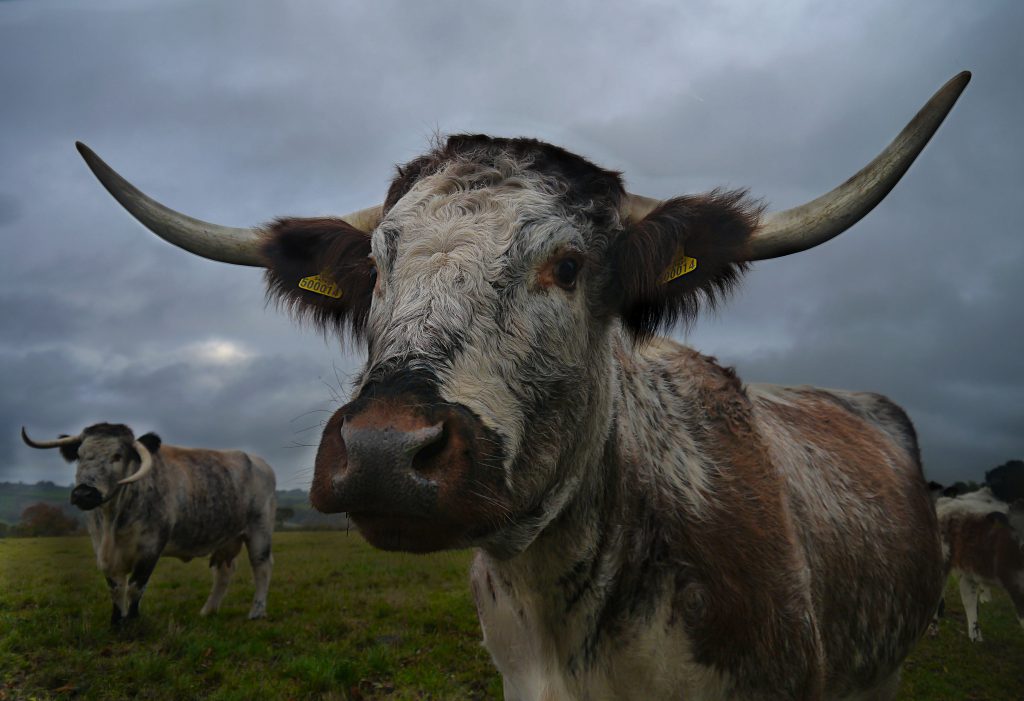
At the same time, a continual rise of vegetarianism and veganism naturally leads us to look at our own welfare standards in the UK. It’s fair to call it unlikely for the whole of the UK to turn vegan overnight (I definitely couldn’t, which probably makes me a hypocrite as someone who cares about the environment). So how do we ensure that the animals we do breed for consumption have a good quality of life, with adequate mental and physical stimulation?
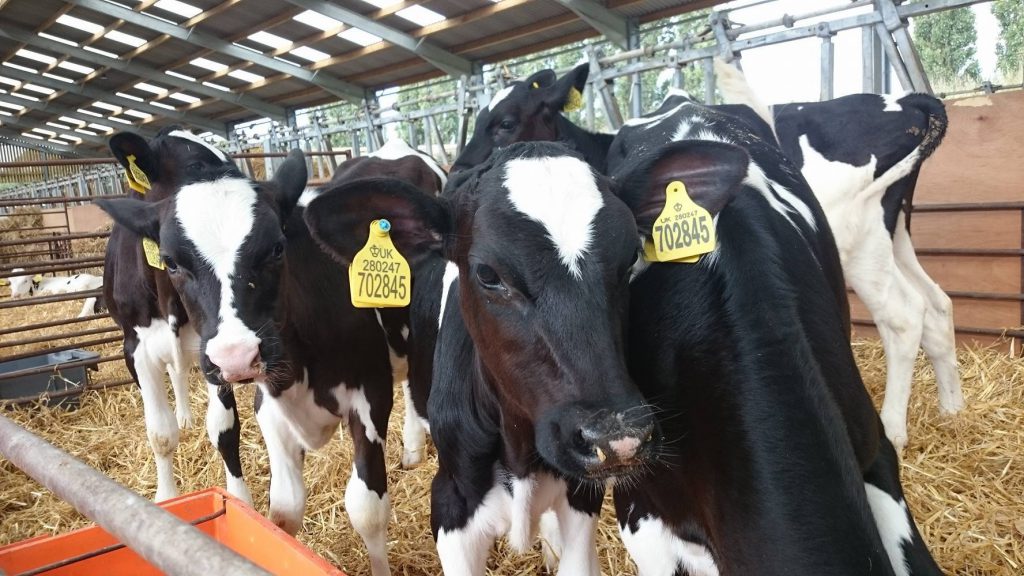
Last summer I took part in a UROP project (Undergraduate Research Opportunities Programme) with Reading University. The project was designed by animal science lecturer, Rebecca Meager and was based at the university farm. Funnily enough, despite its size (510 ha of crops/grazing pasture and 550 cows!) very few non agriculture students knew about, and I was met with looks of confusion whenever I mentioned it. The project was based on how calves react to objects that enrich their environment- their environment consisting of individual pens until 6 weeks of age. The calves are close enough to interact with one another however aside from this, their pen and view is relatively barren and lacking in novel items. This is a relatively standard set up for UK dairy farms.
Our enrichment items consisted of: rope, a plastic spring, a teat, a net filled with strawberry scented hay, and a brush. Whilst some calves were given all items at once, others were provided with a different object each week or given none for the whole trial. I observed the calves 5 days a week with Reanne (a student also taking part in the project), to do focal observations immediately after 8am feeding on individuals, and 2 hour scans on all 27 calves from midday. We categorised their typical behaviours- some seen as positive and an indication of a happy, healthy calf (playing and socialising) others used as indicators for a bored, frustrated calf (tongue rolling, suckling on pen/other calves).

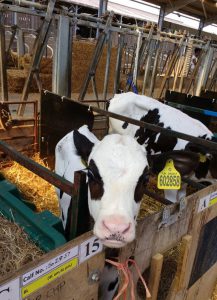
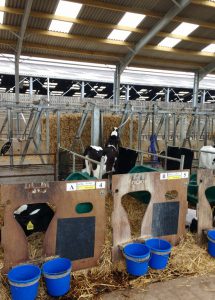
From left to right: Calf in treatment group C with all enrichment objects; Calf in treatment group A;
Calf in treatment group B stealing rope from their neighbour.
So what did I learn from the entirety of the experiment? Well:
- Calves given objects to play with showed less ‘abnormal’ suckling behaviour- the result however was not significant.
- Some calves are super playful and got excited whenever I walked past (yes I made favourites- number 16 liked getting her head scratched).
- Calves with no objects showed more play behaviour- this was unexpected.
- Some calves liked to escape their pen. On several occasions we spent a good 20 minutes chasing a calf around the barn and trying to lure it back with milk.
- The net was the most popular enrichment item. I also noticed plenty of use of the spring, however this was often outside of recording times.
We could re-evaluate the experiment by owever the gist of our results still create an important discussion about how we can keep our farm animals happy and entertained, rather than simply meeting the standard space requirements. So how do we encourage the use of such toys in all UK farms, without any commercial benefit?
Whilst I’m not too sure of the answer, I do know that creating play items can be cost free, making use of recyclable items. I created some of my own using items I found on my family’s farm such as: a plastic tube, a container, a spring and rope. They may not look like much but they were popular with both calves and cows and gave them a form of extra entertainment whilst the cold weather confines them mostly indoors.
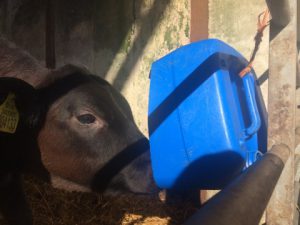
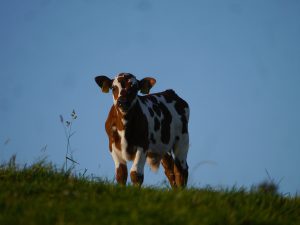
To find out more about farm animal enrichment, you can visit The MERL to see the ‘The Pig Park and Other Experiments’ by artist Andrea Roe. Andrea collaborated with artist Cath Keay to create play objects which might appeal to both humans and pigs.
The Pig Park exhibition is open until 3rd June 2018.
Photographs taken by Dr. Rebecca Meagher and Sonia Parsons.
